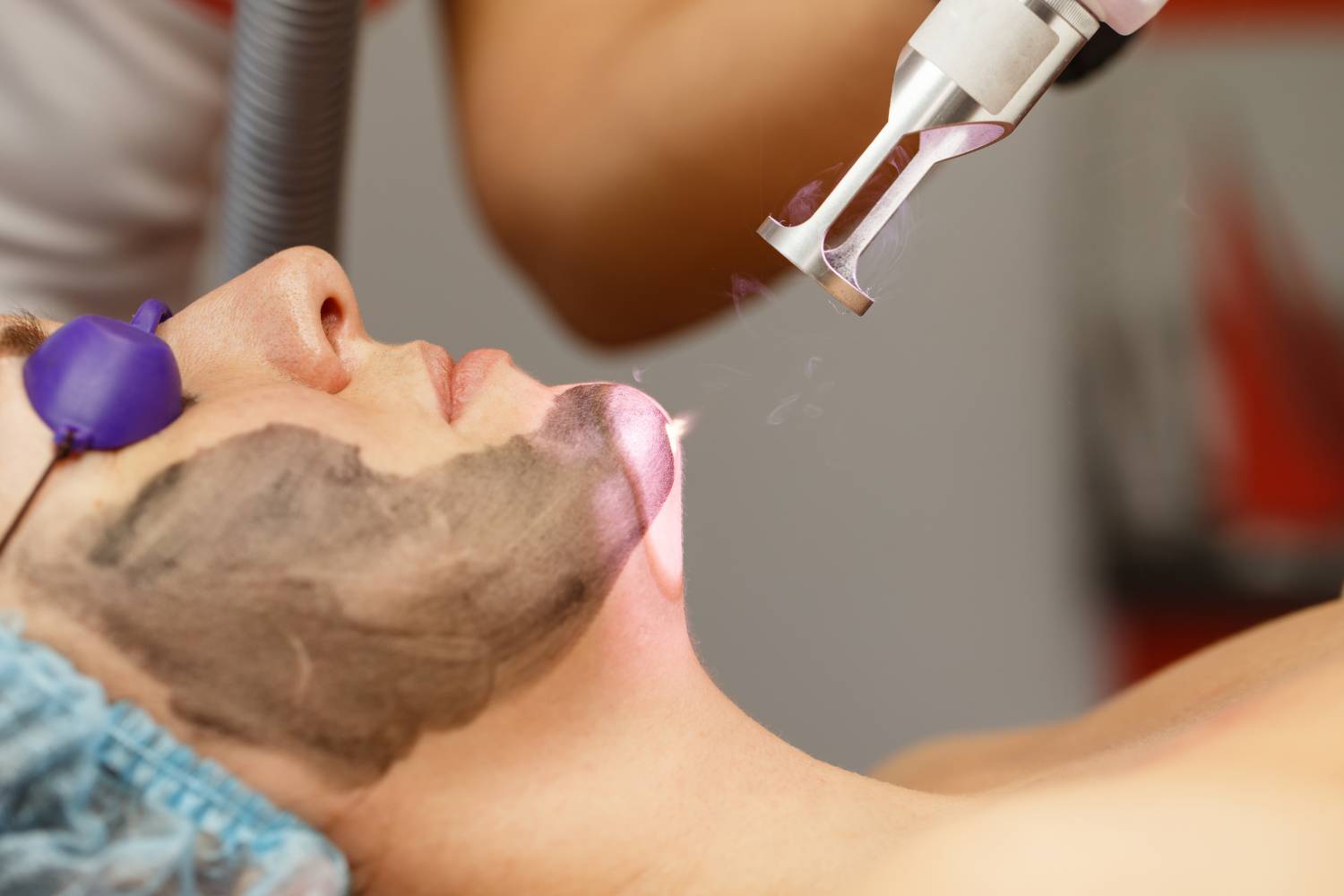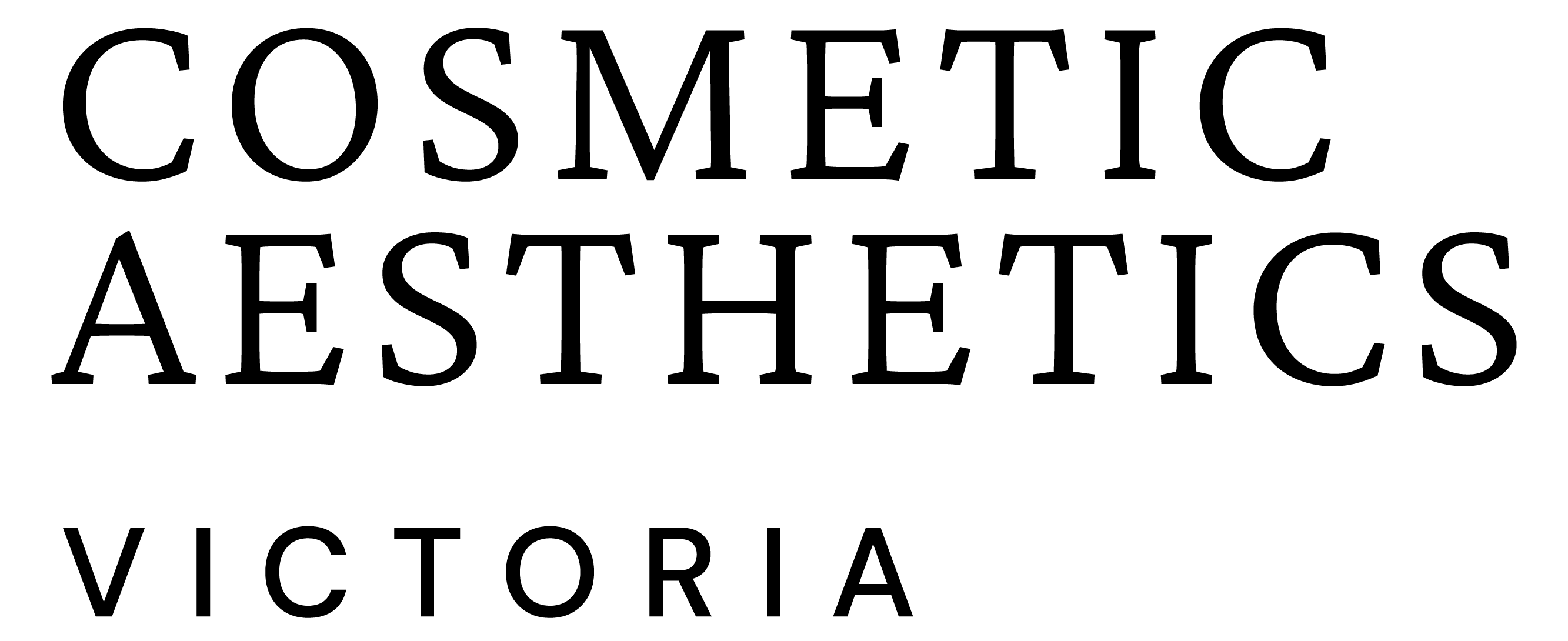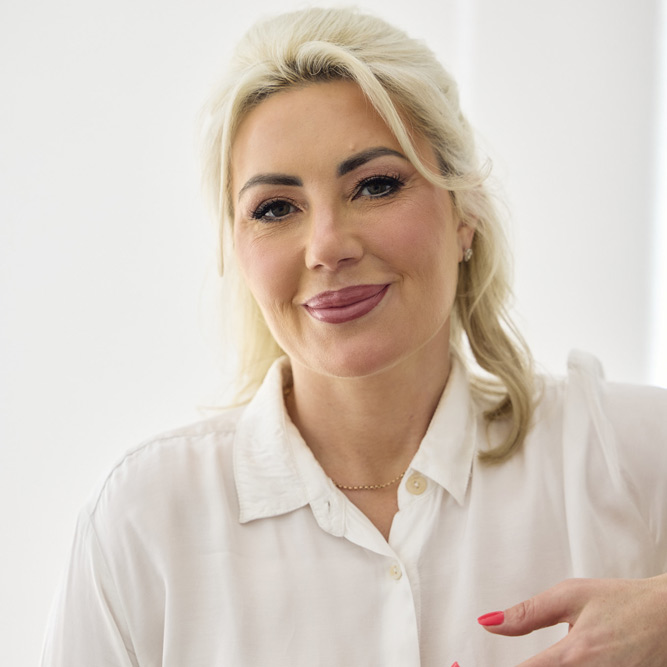
Effective Laser Treatment For Acne-Prone Skin: What You Need To Know
Acne-prone skin can feel like an endless battle, whether you’re dealing with persistent breakouts or the scars that remain long after the blemishes have cleared. As someone who’s had their own fair share of acne struggles, I can tell you firsthand how frustrating it can be. You try everything: creams, gels, medication — and yet the acne persists, stubborn as ever. But what if I told you there’s a treatment that can not only help treat active acne but also reduce the scarring that often follows? This is where laser treatment for acne comes in, and it’s been a game-changer for many, myself included.
In this article, I’ll take you through everything you need to know about laser treatments for acne-prone skin, from the science behind it to the benefits and potential risks, and how to decide if it’s the right option for you.
How Laser Therapy Helps With Acne-Prone Skin?
When I first heard about laser therapy for acne, I was a little sceptical. Like many, I’d always assumed laser treatments were only for cosmetic purposes, like skin rejuvenation or wrinkle reduction. But after seeing so many people, including a few friends, rave about their experiences, I decided to dive deeper into how laser therapy works for acne.
Understanding The Mechanism Of Laser Treatments
Laser and light-based treatments tackle acne from multiple angles, and the best part? They’re far more effective than the old-school acne treatments we’ve all tried. Whether you’re dealing with active acne or the scarring that often follows, lasers have something to offer. Here’s how it works:
- Targeting acne-causing bacteria: The main culprit behind acne is a bacterium called P. acnes. Lasers emit focused light or energy that triggers a reaction in the bacteria, killing them in the process. It’s like a direct hit to the source of the problem. I’ve seen the transformation firsthand: after just a few sessions, my skin started looking clearer, and the breakouts began to decrease.
- Reducing sebum production: For those of us with oily skin, sebum (skin oil) can clog pores and lead to breakouts. Some lasers shrink the sebaceous glands, reducing oil production over time. A reduction in oil means fewer clogged pores, which means fewer breakouts!
- Reducing inflammation: If you’ve ever had inflamed, red acne, you know how it can leave you feeling self-conscious. Certain lasers target the blood vessels responsible for the redness and inflammation in acne, providing relief from this discomfort.
- Stimulating collagen production: This was one of the factors that sold me on laser therapy. Over time, lasers stimulate collagen production, which not only helps with the healing of scars but also improves overall skin texture. It’s a win-win for both acne and scarring.
Laser Treatments For Active Acne And Acne Scarring
It’s important to note that while laser treatments work wonders for acne, they’re also incredibly effective in treating acne scars. I can speak from experience here: my scars, which I thought were permanent, started fading noticeably after a few sessions of fractional CO2 laser treatment. This kind of laser works by targeting the deeper layers of the skin to stimulate new skin growth, helping to heal both the skin’s surface and the underlying tissue.
So, if you’re someone who’s battling both active acne and the scars left behind, laser therapy offers a comprehensive solution that can address both issues simultaneously.

Best Laser Treatments For Acne-Prone Skin
Not all lasers are created equal, and choosing the right one depends on your skin type, the severity of your acne, and whether you’re looking to treat acne, scars, or both.
The Top Laser Options For Acne
- Pulsed Dye Laser (PDL) – I’ve personally seen impressive results with the Vbeam, a popular PDL. It works wonders for reducing the redness and inflammation that comes with acne. This treatment is particularly useful for those dealing with inflamed, pustular acne. Targeting the blood vessels responsible for the redness, it helps calm irritated skin. It’s a treatment that also works well for acne scars, particularly those that are red or hyperpigmented.
- Intense Pulsed Light (IPL) – I’ll admit, when I first heard about IPL, I was sceptical. After all, it sounds too good to be true: a single device that can tackle acne, redness, and pigmentation? But after trying it myself, I can vouch for its effectiveness. It targets the pigments in your skin and the bacteria causing acne. Plus, it helps with the redness and improves your skin tone.
- Fractional CO2 Laser – This is the big one if you’re dealing with acne scars. Fractional CO2 lasers work by creating tiny controlled wounds in the skin, which prompts the skin to produce collagen and regenerate. After a series of treatments, you’ll notice your acne scars soften and your skin texture improves dramatically. However, be prepared for some downtime with this one, but the results are well worth it.
- Blue Light Therapy – This one’s a more gentle option but still highly effective for people struggling with mild to moderate acne. The blue light targets P. acnes bacteria directly, killing them without causing any significant pain or downtime. For me, this treatment worked wonders for clearing up smaller, more superficial breakouts without requiring much recovery time.
Laser Resurfacing For Acne Scars
If you’ve tried every topical cream, ointment, and medication under the sun and your acne scars still linger, fractional laser resurfacing may be the answer. By using tiny beams of laser energy to create microscopic channels in the skin, it stimulates collagen production beneath the surface, helping to smooth out the skin. This process significantly reduces the appearance of deep acne scars and improves skin texture.
I know a few people who’ve opted for fractional laser resurfacing, and their results are remarkable. The scars that once seemed permanent faded, and their skin looked smoother, brighter, and more even.
Non-Invasive Laser Options For Sensitive Skin
For those with sensitive skin, I highly recommend starting with non-invasive options like IPL or blue light therapy. These lasers are gentler on the skin and work wonders for reducing inflammation and targeting the acne-causing bacteria. I’ve had clients with sensitive skin who’ve had great results without experiencing irritation or flare-ups, making these lasers a top choice for those who are a little more delicate.
Acne Laser Therapy Benefits
Laser treatments for acne not only help clear breakouts but can also offer a range of other benefits that traditional treatments simply can’t match. From reducing redness to promoting smoother skin texture, laser therapy is a powerful tool in tackling acne.
Reducing Acne Breakouts With Laser Therapy
One of the main reasons I recommend laser treatments to people struggling with acne is their ability to target the root cause of acne. Lasers don’t just address the visible pimples — they go deeper, working to kill the acne-causing bacteria, P. acnes, and reduce oil production in the skin. This dual-action approach means that, in many cases, laser treatments can prevent future breakouts from occurring.
Take, for example, my client Sarah. She’d tried every topical cream and oral medication in the book, but the acne kept coming back. After a few sessions of blue light therapy, she noticed a significant reduction in her breakouts. A year later, her acne had virtually disappeared, and her skin looked clearer than ever. Laser therapy gave Sarah the lasting results she had been looking for, and it can do the same for you.
Improving Skin Texture And Reducing Scarring
If you’ve struggled with acne for a while, you know that the scars can sometimes feel worse than the breakouts themselves. I’ve had clients who come to me feeling self-conscious about their acne scars, some of which were deep and pitted. Here’s where laser treatments shine. By stimulating collagen production, fractional lasers promote skin regeneration and help reduce the appearance of both shallow and deep scars.
After undergoing fractional CO2 laser treatments, a long-time client of mine named Ben saw remarkable improvements in his skin texture. His scars, which once seemed permanent, were visibly less noticeable, and his skin felt smoother. Over time, his skin continued to improve, and he now looks back on his acne days with much more confidence.
Preventing Future Acne Flare-Ups
One of the things I love most about laser treatments is how they can prevent future acne flare-ups. Laser therapy targets the sebaceous glands responsible for oil production, which means that your skin becomes less oily and less prone to clogging pores. When your pores stay clear, there’s a significant reduction in acne formation.
For those who experience hormonal acne, especially during puberty or menstruation, laser treatments can help keep the oil production in check. I’ve treated several clients who’ve struggled with hormonal acne, and many of them have found that laser therapy has helped maintain clearer skin between their cycles.

How Lasers Target Acne-Causing Bacteria?
Acne isn’t just about the visible pimples; it’s about the bacteria and clogged pores that cause them. And that’s where laser therapy truly excels.
The Science Behind Laser Bacteria Removal
Acne-causing bacteria, particularly P. acnes, are one of the main culprits behind those pesky breakouts. Lasers work by using focused light energy that activates molecules within the bacteria called porphyrins. These porphyrins absorb the light energy and create a reaction that kills the bacteria. Essentially, the light treatment targets the very root of the problem — the bacteria that thrive in clogged pores.
I’ll never forget the first time I heard about blue light therapy specifically targeting acne-causing bacteria. I was sceptical at first, but after seeing the results in a clinical setting, I was amazed. I’ve had clients who used blue light therapy in conjunction with other acne treatments, and they saw incredible improvement within weeks. No more painful cystic acne, no more endless cycles of topical treatments that only worked for a short while. The bacteria that were once causing the flare-ups were eliminated.
Potential Side Effects And Risks Of Laser Acne Treatment
As with any treatment, laser acne therapy does come with some risks. While it’s generally safe, it’s important to be aware of potential side effects.
Common Side Effects After Laser Acne Treatments
| Side Effect | Description | Duration | Notes |
| Redness | Skin may appear sunburned after treatment. | A few hours to 1 day (longer in some cases) | More intense with Pulsed Dye Laser (PDL) due to targeting blood vessels. |
| Swelling | Mild puffiness in treated areas. | A few hours to a couple of days | Common with fractional lasers that stimulate deeper skin layers. |
| Stinging/Tingling Sensation | Mild discomfort similar to a light burn or prickling. | Few hours | Can be soothed with aloe vera or prescribed recovery creams. |
| Milia (Small White Bumps) | Tiny white cysts under the skin, especially after fractional laser treatments. | Temporary | Treatable with gentle exfoliation or by consulting a dermatologist. |
Serious Risks And How To Minimise Them
While the side effects mentioned above are relatively mild, more serious risks can occur, though they are less common. These include issues like dyspigmentation (light or dark patches on the skin), scarring, or blistering. In rare cases, laser treatments can also reactivate cold sores or cause acne flare-ups in some patients.
To minimise these risks, make sure you are seeking treatment from a qualified professional. Laser treatments require precision, and an experienced dermatologist or practitioner will know exactly how to adjust the settings for your skin type and condition to avoid complications. In my practice, we always perform a thorough consultation before recommending any laser treatment, ensuring that each client is suitable for the procedure.
Post-Treatment Care For Acne After Laser Therapy
After your laser treatment, the way you care for your skin is just as important as the treatment itself. Proper aftercare helps ensure the best results and reduces the chances of complications.
Essential Aftercare For Optimal Results
One of the key points I stress with my clients is sun protection. Your skin will be more sensitive after laser treatment, so applying a broad-spectrum sunscreen with at least SPF 30 daily is crucial. I recommend clients apply sunscreen even when staying indoors, as UV rays can penetrate windows and cause harm to healing skin.
It’s also important to keep your skin moisturised. I always suggest fragrance-free, hydrating moisturisers, such as those with hyaluronic acid or ceramides, to help your skin recover. I’ve found that aloe vera gel works wonders for reducing redness and soothing the skin after more intensive treatments, like fractional CO2 lasers.
Maintaining Long-Term Results With Follow-Up Treatments
Laser therapy often requires multiple sessions to see the best results. I tell my clients not to expect immediate perfection; patience is key. After the initial set of treatments, I recommend follow-up sessions every 3 to 6 months to maintain and enhance the results.
In addition to laser therapy, maintaining a good skincare routine and staying consistent with aftercare can help extend the benefits.
Laser Acne Treatments For Hormonal Acne
Hormonal acne is one of the trickiest types to treat. Whether it’s breakouts around the chin, jawline, or along the neck, hormonal acne can often be persistent and resistant to traditional treatments like topical retinoids or antibiotics. But this is where laser therapy can truly shine.
Addressing Hormonal Acne With Laser Therapy
If you’re struggling with hormonal acne, you’re not alone. Many clients I’ve worked with have seen incredible improvements by combining laser therapy with hormonal management. Laser treatments can help target the root causes of acne, which often include excess sebum production triggered by hormonal fluctuations.
For instance, Intense Pulsed Light (IPL) has been particularly effective for reducing inflammation and targeting the sebaceous glands that become overactive during hormonal shifts. It’s not just about clearing acne in the short term — IPL helps to address the skin’s underlying issues, so breakouts are less likely to occur as the body stabilises its hormonal fluctuations.
I’ve worked with a few clients who experienced flare-ups of acne during their menstrual cycle or as a result of stress-related hormones. For them, IPL was a game-changer, dramatically reducing the frequency and intensity of their breakouts. It’s like hitting the reset button for your skin, giving it the clarity it needs.
Laser treatment for acne-prone skin offers a powerful, long-lasting solution for those struggling with persistent breakouts or scarring. Whether you’re dealing with active acne or deep scars, lasers can target the root causes of acne, such as bacteria and excess sebum production, while also promoting skin regeneration and collagen production. While results vary, many people see noticeable improvement after a series of treatments, especially when combined with a good skincare routine. It’s essential to consult with a qualified professional to tailor the right treatment plan for your skin type and needs, ensuring the best possible results. If you’ve struggled with acne and haven’t found success with traditional treatments, laser therapy could be the game-changer you’ve been looking for.

